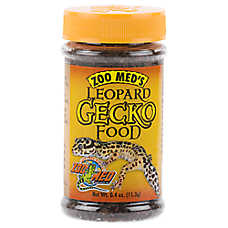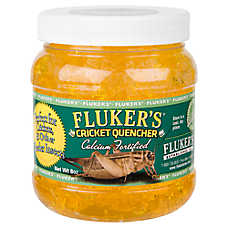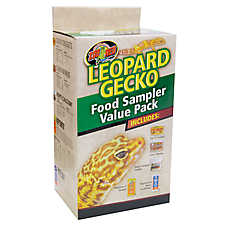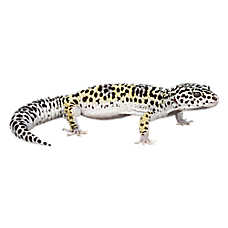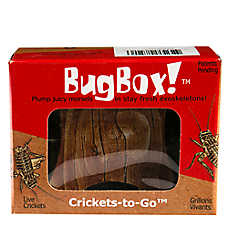Leopard Gecko Checklist: Everything You Need for Your Leopard Gecko
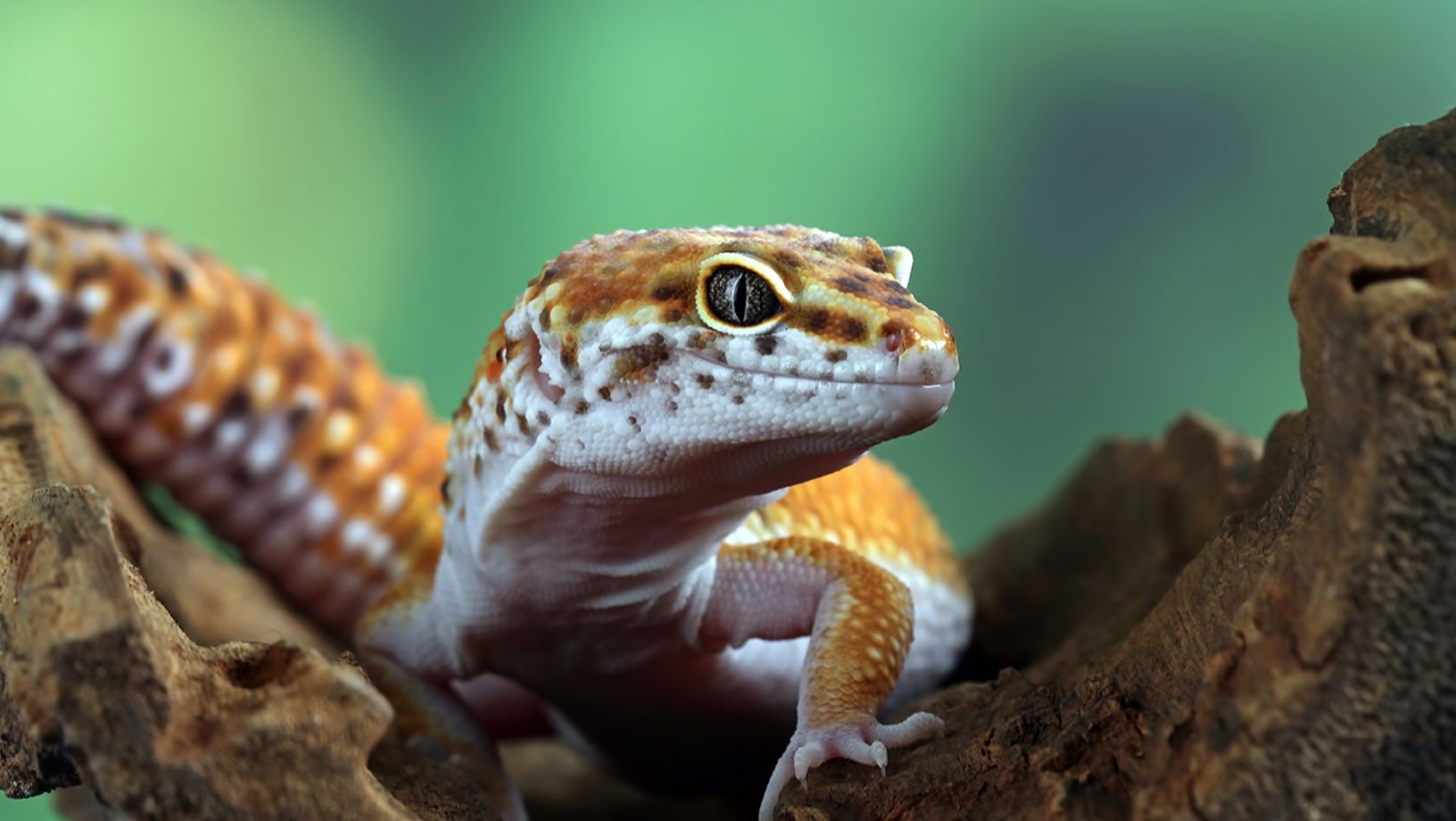
In this Article
Your leopard gecko deserves the very best of everything when it comes to leopard gecko supplies, especially the best habitat, so they can live a life of comfort. Setting up your pet’s habitat can be so much fun. From figuring out what to put in it, to picking out all of the reptile supplies you need, it's an extremely creative process. Not only is it enjoyable, but their habitat is an extremely important part of their care and happiness.
Why is A Leopard Gecko’s Habitat So Important?
Habitats do more than just give your pet a cozy place to sleep and explore; they’re actually very important for their health and safety. Their terrariums are supposed to mimic their natural environment and be kept at specific temperatures and humidity that help to regulate their body temperature. When it comes to their safety, habitats prevent your pet from exploring places they shouldn’t. Outside of their home, geckos might find their way into difficult or dangerous situations like being lost or stuck in places they didn't mean to end up. Habitats, filled with all of the right leopard gecko supplies, help keep them safe, warm and happy.
What Size Habitat Does A Leopard Gecko Need?
Leopard geckos can grow up to 10” long and need at least a 20-gallon terrarium in order for them (and no more than one other gecko) to have enough space. If you have two geckos, there is a risk of territorial behavior. Should you observe this, you should increase the size of their habitat or put them in separate spaces.
What Substrate Does Their Terrarium Need?
There are a lot of different reptile substrates that you might find alongside other leopard gecko supplies in stores. For leopard geckos, it’s best to stick to reptile carpet or tile. Reptile carpet is a soft substrate that is absorbent, soft on their tummies and feet and is really easy to use. You simply cut out the right size for your pet’s terrarium and line the bottom. Make sure to take out your pet’s droppings at least once a week and thoroughly clean the carpet at least once, biweekly. When you change out their substrate, use reptile-safe habitat cleaners, sanitizers and deodorizers to do the job.
Habitat Lighting:
Your leopard gecko would normally absorb calcium from the sunlight in their natural environment. Their calcium absorption can benefit from a supplementary 5.0 UVB light. Mimic a 12 hour night and day cycle using this bulb with a timer.
How to Heat Their Terrarium:
Many pet reptiles require a temperature gradient in order to regulate their body temperature. This means that one side of their tank should be a cooler temperature and the other side should be warmer. For leopard geckos specifically, the cool side of their terrarium should be kept at a temperature between 75-90° Fahrenheit, and the warm side should remain between 85-95°. At night, the temperature can drop a little lower; just make sure to keep it between 65-75°. Leopard gecko supplies that help you monitor these temperatures include a reptile habitat thermometer at each end of their terrarium and reptile heat lamps.
Humidity:
Humidity levels help support the health of your leopard gecko’s skin. While other pets might need higher humidity, leopard geckos need their habitat to stay between 10-30%. Pet parents can use a hygrometer to monitor the humidity. If it’s not humid enough, there are reptile habitat foggers and misters that can increase it. Make sure to not let the humidity levels get too high for too long, which can cause other problems for your pet.
Food and Water Dish:
Keep your gecko's food organized and away from the bacteria in their substrate by putting it in a reptile food dish. Reptile water dishes can also be a great place for them to soak and hydrate.
Leopard Gecko Habitat Accessories/Décor
Last but definitely not least is the kind of habitat accessories you will need to get your pet. Habitat décor can provide stimulation for your pet, always giving them something to do and explore. Give your gecko a rock, branches, plant leaves and other habitat décor on the cool side for hiding. Add moistened moss to the hiding spot on the warm side to aid in healthy shedding of their skin.
Spoil your pet with all of the best leopard gecko supplies for their habitat. The better their habitat, the happier they will be.
